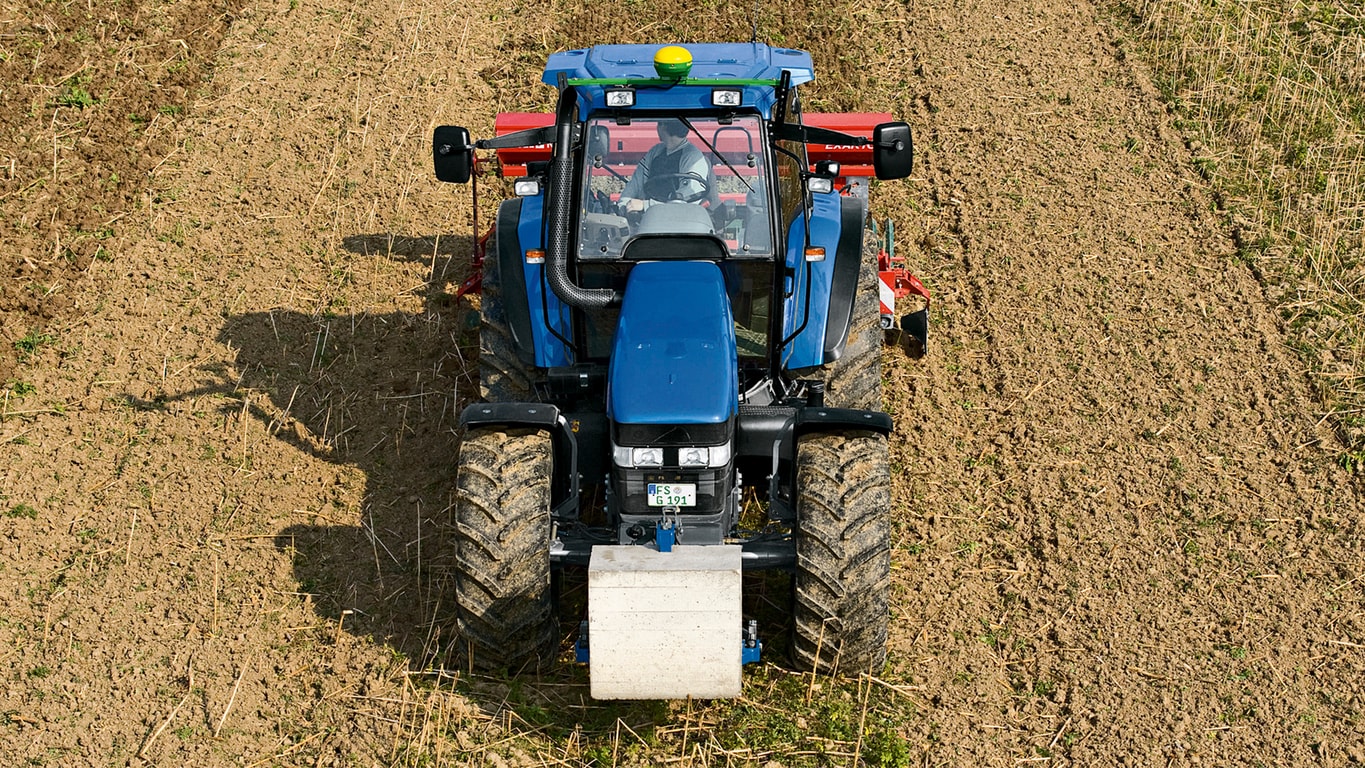
AutoTrac™ Controller
Realize the benefits of AutoTrac on Non-Deere machines.
- Make long days easier with equipment and technology that works together for you.
- Increase productivity by being able to cover more ground.
- Reduce overlap and maximize inputs.
- Reduce fatigue and improve operator experience
Features
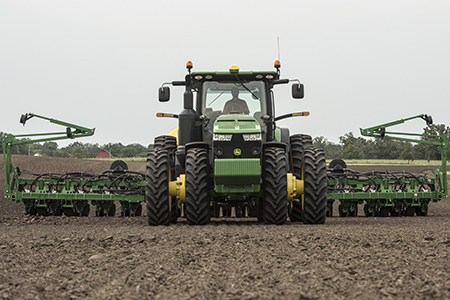 Achieve critical accuracy of in-field operations
Achieve critical accuracy of in-field operations
As equipment gets larger and margins tighter, accuracy of in-field operations and input placement is more critical than ever.
When making a pass in a field, traveling from one end of the field to another, the position accuracy of the return pass is critical. Pass-to-pass accuracy means the planter guess rows will be accurate and subsequent passes are less likely to result in crop damage.
Repeatability defines how accurately the receiver calculates its position over a relatively long time window.
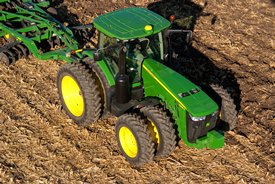 AutoTrac reduces overlap
AutoTrac reduces overlap
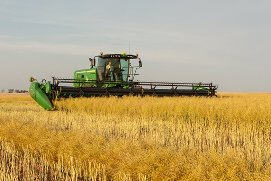 AutoTrac maintains speed
AutoTrac maintains speed
Farming requires multiple passes. This requires a method of guidance with a high degree of repeatability in order to minimize overlap (extra cost of seed, fertilizer, chemical and machine hours) and skips (loss of production).
Maintaining repeatable accuracy is important in all operations, especially with cropping practices that require multiple passes through the field. AutoTrac creates more consistent row spacing, reducing the potential for crop damage with subsequent passes through the field.
University studies have shown that operators tend to overlap 5 to 13 percent over the course of an entire day, which could mean up to 60 cm (23 in.) of overlap with a 6 m (19 ft) tillage implement. This means that a producer with 300 ha (740 acres) actually works and pays for 330 ha (815 acres).
With reducing overlap by using AutoTrac more ground is covered in the same time and inputs like chemicals, fertilizer, fuel, labor and machine hours are reduced.
Reduced overlap with AutoTrac |
|
Field 1 |
4.72 percent |
Field 2 |
8.03 percent |
Field 3 |
12.74 percent |
Average: |
8.50 percent |
GPS accuracy versus manual accuracy |
|
AutoTrac™ assisted steering system greatly increases operator productivity by maintaining consistent accuracy and efficiency. Operators remain more alert while they are in the field and are able to focus on implement settings and varying field conditions. AutoTrac also allows operators to confidently create evenly spaced rows past sunset, as well as in rain, dust, or fog.
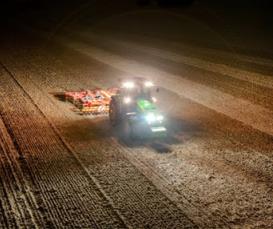 AutoTrac increases productivity
AutoTrac increases productivity
AutoTrac also improves operator comfort as the operator has time to concentrate on implement tasks.
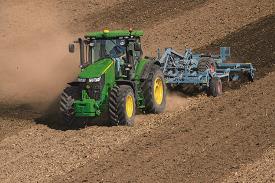 Reduce compaction with AutoTrac™ guidance system
Reduce compaction with AutoTrac™ guidance system
As tractors and field equipment become larger and heavier, there is a growing concern about soil compaction. Heavy equipment and tillage implements can cause damage to the soil structure. Soil structure is important because it determines the ability of a soil to hold and conduct water, nutrients, and air necessary for plant root activity.
By using AutoTrac, operators can optimize the number of passes and reduce compaction. Additionally, the operator can confine traffic between certain rows and avoid compacting the row area.
AutoTrac allows producers to use the same traffic lanes year after year, sacrificing a small portion of the field in favor of having no wheel traffic in the majority of the field. Restricting traffic to specific lanes also provides a firm soil surface for more efficient tractor operation.
Without using AutoTrac during field operations, there is tendency for passes to overlap. Each pass over a field under poor conditions can cause significant damage to the soil.
Control a mixed fleet of machines with AutoTrac™ Controller
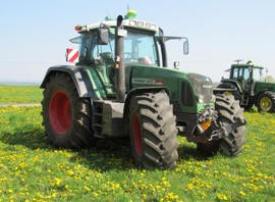 AutoTrac Controller on other brands of tractors
AutoTrac Controller on other brands of tractors
Operators need to get the most out of their fleets in order to stay one step ahead. As a fully-integrated system, AutoTrac Controller brings high-precision guidance to a mixed fleet of machines.
AutoTrac Controller operates with a large variety of tractor platforms and can use all levels of StarFire™ accuracy, from SF1 to RTK.
AutoTrac Controller provides the highest precision to non-John Deere and older John Deere tractors.